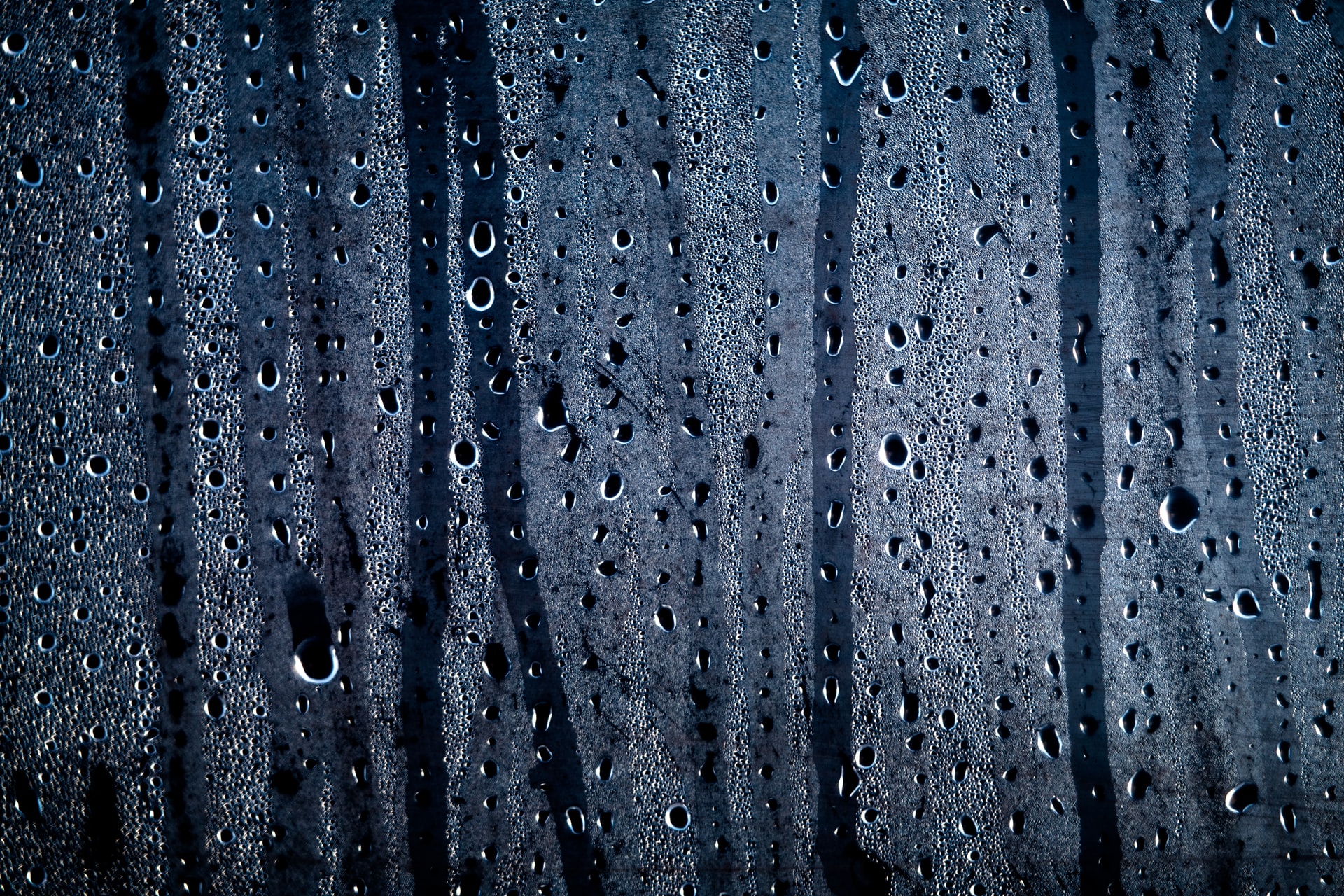So, you have an unfinished basement and you want to renovate it into something useful. However, your basement has some moisture problems. The question then becomes: can a basement with moisture problems be renovated? The answer is: it depends. Let’s take a closer look at what it depends on.
What Is the Source?
The first thing we need to know is where the source of the moisture is. Is the moisture showing up on your walls alone? Is it on the floors? Determining the source of the moisture will go a long way toward telling you if you can renovate. If you’re unable to ascertain the source of the moisture by yourself, having a professional come and evaluate your basement is a necessary start.
How Moisture Affects the Home
The reason you need to have your basement moisture’s source determined is because the source changes everything about whether or not it will persist after renovation. Furthermore, it will also determine whether persistence will lead to long-term problems.
Exterior Moisture
For example, if the moisture is coming from outside of the foundation walls and is seeping in through cracks, you will need to waterproof or damp proof the basement in order to renovate without problem. This is because putting drywall and insulation against a wall that’s becoming damp from the outside will quickly lead to water damage and mold problems. The dark space between your drywall and foundation wall is the perfect place for mold to grow and spread. From there, it will continue eating the insulation and eventually spread to the wooden structure of the house.
If the moisture is seeping up through the floor from the ground, you’ll need to have a sump pump installed prior to renovating. Otherwise, ground water can cause the same problem with your floor. The subfloor will get damp and end up molding or becoming soft and fragile from water damage. A waterproof, protective layer will keep ground water from touching the subfloor and a sump pump will collect and redirect water away from the home.
Professional Waterproofing
The reason why professional waterproofing is necessary to solve these problems is because it’s a fairly extensive job. You might feel inclined to just paint the interior, basement wall or fill in any cracks. However, these solutions actually cause more problems than they solve. Filling in cracks from the inside will block any exit for water, leaving it to sit within the basement wall. Then, when the temperature changes, it will expand and contract within the wall. That can cause massive amounts of damage to the structural integrity of the house. When the water is on the ground, the only solution is removal. When it’s on the walls, you must block its entry from the exterior.
Interior Moisture
If the moisture in your basement is determined to be from condensation, renovation is perfectly safe. Condensation is a common problem in basements. It’s caused by the subterranean walls being cold to the touch and the interior air being warm. The moisture in the air simply collects on the cold walls. After drying any condensation from the walls and installing insulation and drywall, the condensation should stop collecting at all. From then on, it has no more access to the cold, stone walls. Plus, the drywall is not such an extreme temperature.




